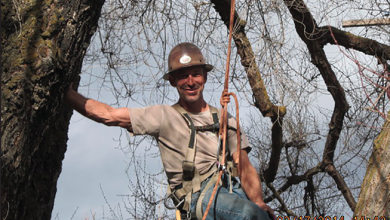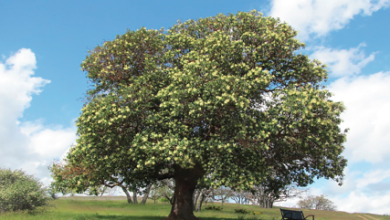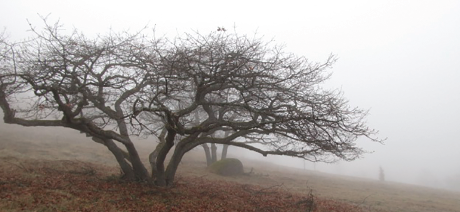Here We Go Again…
As I write this, we are at about 1/2 the normal rainfall for the year, and the lakes that make up our summer irrigation are a mud puddle, at best. Is this the “new norm” or the “new abnorm?” Meh, whatever… Now for the truth…
Let’s assume that a native tree, or ANY tree in our clime, must have 20 inches of rain a year, and last year it got 10 inches. This year it gets 30 inches. Now, does that additional 10 make up for the last years deficit? No, no, and a thousand times NO! That’s not how it works, and the lack of moisture can NEVER be “made up!”
This is where it gets tricky! The lack of needed water is a chink in the armor of every plant that has ever lived. The off-gassing of every plant, when they are cooking along during spring, and through summer, carries a signature, and if that signature scream’s “STRESS,” then the opportunists abound…
Like a bottom feeder chasing a red flashing light, these beetles are like moths to a flame. How do we fix this? Well, we can’t. But we have to identify the beetles/moths and their larvae to take a pre-emptive strike at what is sure to come, and work on their weakness. And that weakness is a lack of water!
If we can irrigate our beloved trees to the point where they can fend for themselves, we win! Pathogenic insects are opportunists. Pure and simple. Who gets mugged in a dark alley? The linebacker, or the frail old tree guy? Well, as a frail old tree guy, the linebacker is the guy I would hire to walk me out to my truck! Let’s do the same for your tree! Let’s take our beloved for a walk, opportunists be damned! This is the time to mulch, as it will buy you some time between waterings in the spring and summer. Mulch will also slow down the runoff of rain so it “loiters” within the critical root zone. Mulch, irrigate, enjoy, repeat! The take home of all this is that the more moisture your tree has when it is most susceptible to pathogens, the less stress it will have to deal with. Boring insects are flushed out of conifers by sap flow – if the tree runs out of sap, the door to doom is wide open!
A lot of conifers around town will not be able to take another hit by drought again this year, so basically $200-300 of supplemental water can more than offset the cost of removal if it croaks. “Drought tolerant” does NOT mean “drought proof,” and repeated drought events slowly wear your tree’s immune system down to the point of it not being able to defend it self. This does not mean you should over-water, of course, so you will need to monitor the amount and timing of irrigation. Moist is good, meaning somewhere between bone dry and soggy wet.
Removal of trees that have become “condos” for the larval galleries by insect attack goes a long way to stopping the spread of future generations of their ilk. Have your tree guy/gal take a look a couple times a year to insure this. Most importantly, NEVER prune conifers during the hot summer months, that will do nothing but ring a giant “dinner bell” when the insects are active. If the tree is already stressed and you start cutting on it, the smell draws in the (insert name of pathogenic insect here) to hone in from far and wide. Non-conifers (especially deciduous broad leaved hardwoods) deal with drought stress by defoliating, but evergreen conifers do not have this luxury, with very few exceptions. Once they tip too far in the dry direction, they don’t recover, and either croak outright, or endure mass attack from boring insects.There is safety in numbers, so group planting is a great idea, but more trees = more water needed, so plan the balance accordingly.




